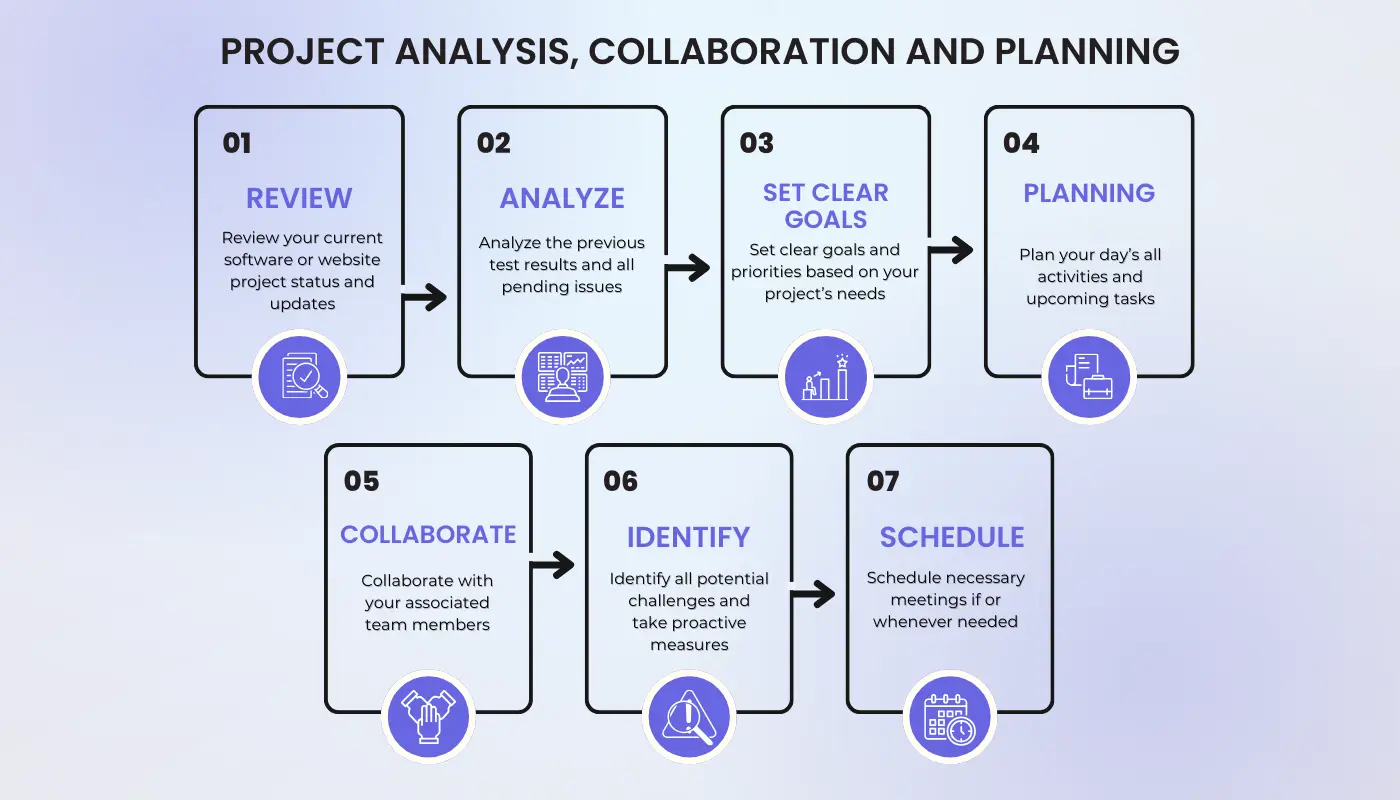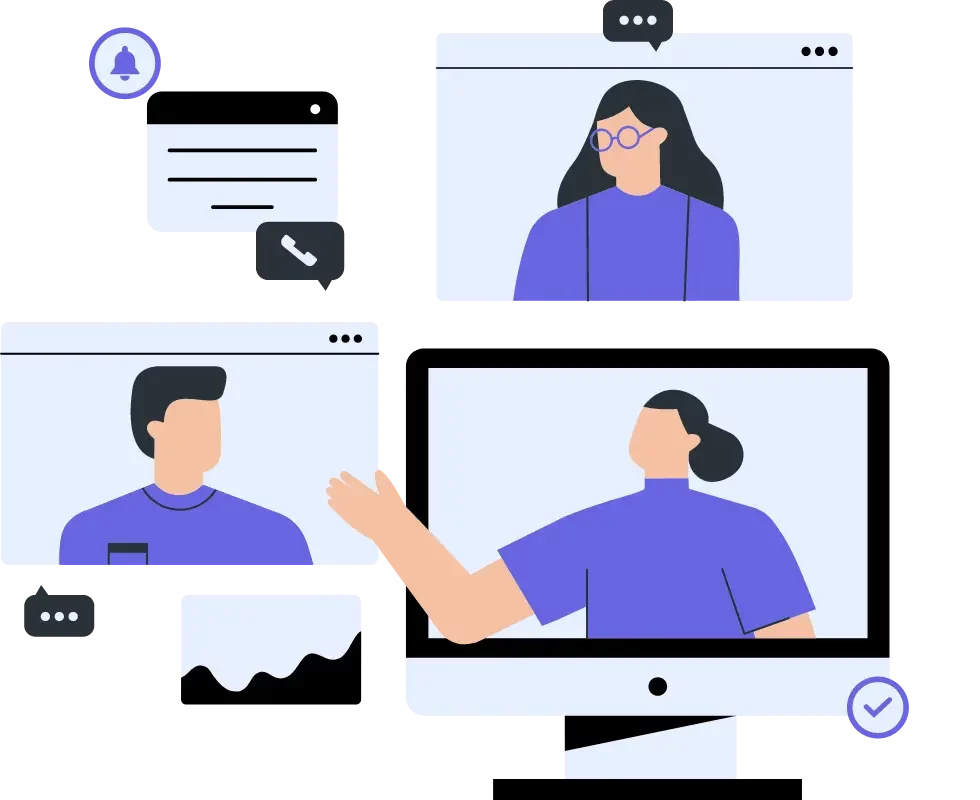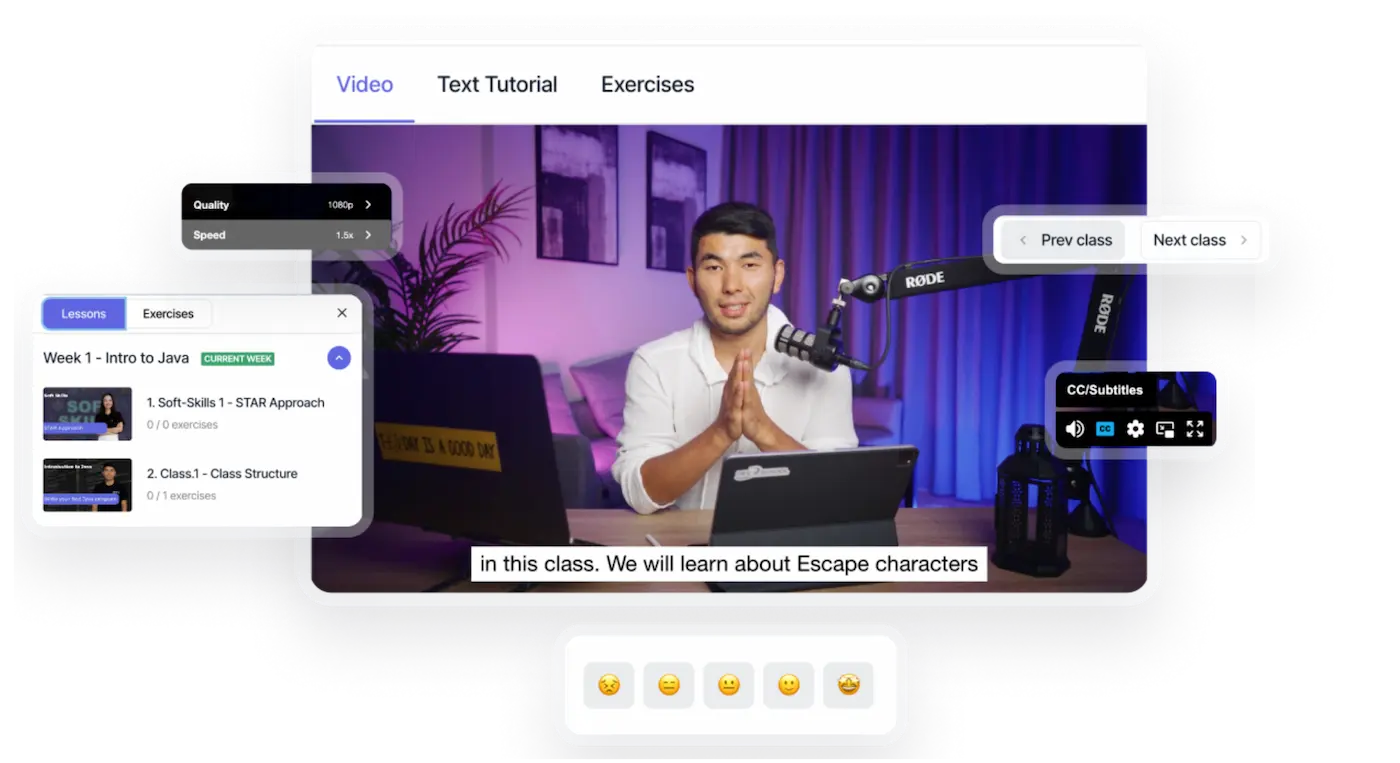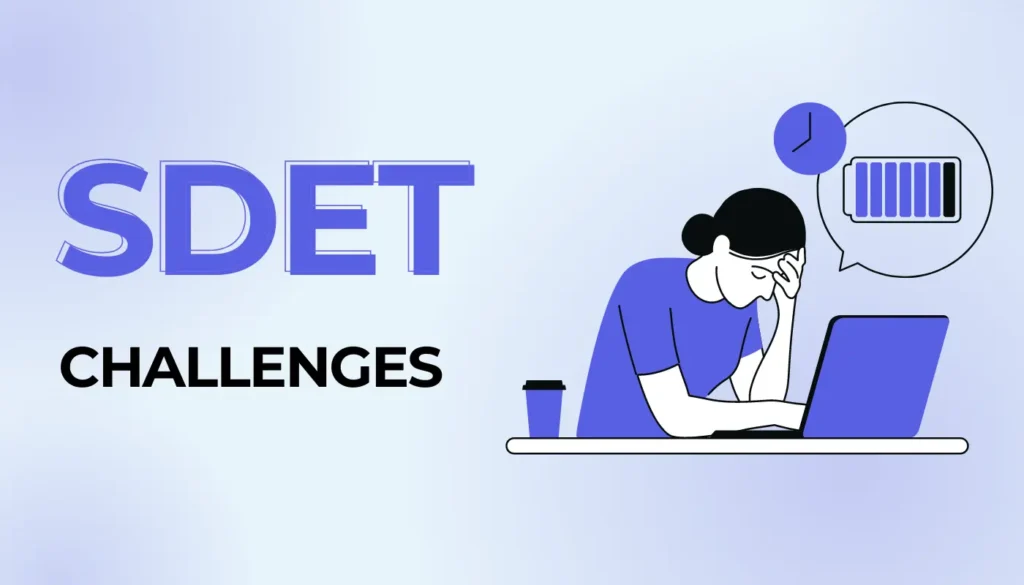Typically, a day in the life of a QA Engineer involves project requirements analysis, test plan designing, and test case execution. All just to ensure software quality for lifelong reliability backed by innovation. They mainly collaborate with developers to identify and fix bugs, document test results, and provide feedback on usability and functionality. When required, they participate in meetings and continuously improve testing processes to excel.
Now, if you are into QA, you need to grasp insights about what a QA Engineer does throughout the day. Let’s discuss in detail what a day in the life of a QA engineer looks like and how they should pull through it the best way possible.
Project Analysis, Collaboration, and Planning

When you start your day as a QA Engineer, you will need to follow a structured approach. This is important to ensure efficiency and effectiveness in your role. See here is what you will be required to cover in the initial steps:
- Review your current software or website project status and updates
- Analyze the previous test results and all pending issues
- Set clear goals and priorities based on your project’s needs
- Plan your day’s all activities and upcoming tasks
- Collaborate with your associated team members
- Identify all potential challenges and take proactive measures
- Schedule necessary meetings if or whenever needed
Now, let’s grasp all the details of important tasks that you will need to carry out as a QA at the beginning of your day.
Project Analysis – First of all, you will thoroughly check the quality status of your project. Then look for necessary updates if required. You would need to review the latest test results, find reported bugs, and effectively grasp the progress made since the last check. For instance, if you identify a significant number of bugs in a particular module, it will show that your project requires a more in-depth QA analysis.
Collaboration – Secondly, you will be required to stay connected with your collaborative team members as it is crucial for your QA processes’ success at every step. This could be in the form of a quick stand-up meeting with the development team or a simple check-in with the project manager to align your QA priorities. However whenever you do QA, always make sure to maintain open lines of communication either for reporting or guidance. For example, if you are working remotely, utilize collaboration tools like Slack or Microsoft Teams to stay in touch.
Planning – Lastly or concurrently with previously discussed tasks, you will analyze your software or website project status to plan your activities for the day. You will need to prioritize tasks, estimate time for testing activities, and schedule any meetings or sessions required. If you have a particularly complex task, make sure to break it down into smaller and easily manageable parts. For instance, if you are tasked with testing a new feature, then plan about how you will approach it. All while considering different test scenarios and data sets.
There might be a lot more than this that you’ll need to do, going beyond the surface level. So, be prepared and look forward to specific guidelines that your senior management or clients provide.
Now, before we move ahead to further details, here’s an insightful treat for you. Watch this perceptive video to hear directly from the co-founder of WEDEVX School, what a day in the life of an SDET is like.
Required Test Creation and Execution
Once the QA process planning phase is complete, the next step will be to create and execute code tests. This will involve designing test cases based on the respective project requirements and executing them to identify any potential issues.
You, as a forward-thinking QA Engineer, may use advanced testing tools, such as ChatGPT to automate repetitive tasks and improve efficiency.
Now let’s consider an example to Illautrate this. Suppose that have an an e-commerce website project. What will you dp to validate its checkout process while focusing on a successful checkout with a registered user? You will use the automated testing tool “AutoTester,” a test case named “Successful_Checkout_Test_Case” is created. Whether the user login in, add items to the cart, provide shipping information or complete the purchase, the test will simulate every action. Moreover, you will need to incorporate assertions to verify the order confirmation page as well. For sure, the expected outcome would help check that your project is ready to ensure a seamless and error-free checkout process.
Note that you will also be required to thoroughly document the test results during test execution. Also, when automated tests are in place, you will need to monitor their performance and analyze results.

Don't know where to start your tech career?
We are here for you! Schedule a free call with our consultant for personalized advice on achieving your learning goals
Documentation and Continuous Improvement
Next, the project testing documentation phase will come up. You will be required to carefully document the test results without any errors. Not even a single bug or unexpected behavior should be missed.
This process (scheduled to take place over 10-15% of the testing timeline) will contribute to comprehensive bug tracking. Also, it will serve as a valuable reference for future testing phases.
Once the testing documentation is completed, you will have to focus on continuous improvement of your testing processes. Therefore, you will need to thoroughly analyze test results. This is necessary to identify patterns, collaborate with the development team, and actively engage in discussions. Ultimately, this phase will ensure ongoing refinement and improvement within your QA practices.

Meetings and Professional Development
This phase will require you to actively participate in various meetings, including daily stand-ups with the development team, project status meetings, and discussions with stakeholders.
These meetings will be strategically scheduled throughout the testing process. All just to facilitate open communication, share updates, discuss any roadblocks or challenges faced, and align with the team on project priorities.
You will also be allocated time for professional development. It will require you to stay updated on industry trends, learn about new testing tools and methodologies, and potentially attend training sessions or SDET Bootcamps. You’ll gain hands-on experience and skills to adapt to the ever-changing market of software development and quality assurance.

Final Words
If you are a QA Engineer or planning to become one, then you must equip yourself with effective strategies to spend your whole day without stress, errors, and falling behind. Wor onsite or remotely, make sure to follow discussed startegies to pull off your QA tasks in the best way possible. Yes, you should always rganize tasks, take regular breaks, maintain open communication with the team, leverage automation tools, and stay updated on industry trends. All this will collectively increase your productivity, motivation, and turnaround time.
Since we wish the best for QA specialists, take our suggestion to enrol in the WEDEVX SDET Course. It will equip you with comprehensive testing skills through expert-led micro lectures, practical Java exercises, and personalized consultations. It’s all that you need to excel in software development and testing roles.











